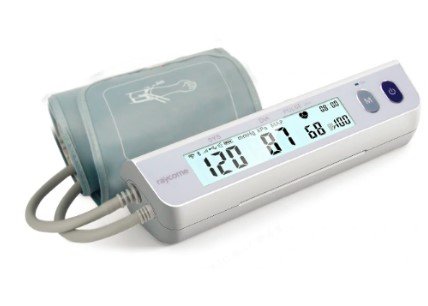Standard Procedures for Collecting Urine Samples in the United States
Summary
- Collection of urine samples is a common practice in medical labs for diagnostic testing in the United States.
- Proper collection techniques and procedures are essential to ensure accurate and reliable Test Results.
- Following standard guidelines for collecting urine samples can help prevent contamination and ensure the validity of Test Results.
Introduction
Urine samples are a valuable diagnostic tool used in medical laboratories for a wide range of tests, including drug screenings, pregnancy tests, and urinalysis. Proper collection techniques and procedures are essential to ensure the accuracy and reliability of Test Results. In this article, we will discuss the standard procedures for collecting urine samples for laboratory testing in the United States.
Preparation
Prior to collecting a urine sample, it is important to inform the patient about the procedure and provide clear instructions on how to collect the sample correctly. The following steps should be taken to prepare for urine sample collection:
Inform the Patient
- Explain the purpose of the test to the patient.
- Provide clear instructions on how to collect the urine sample.
- Advise the patient to avoid certain foods and medications that may interfere with the Test Results.
Collecting Supplies
- Ensure that you have all the necessary supplies, including a clean urine collection container, gloves, and labels for proper sample identification.
- Check the expiration date of the urine collection container to ensure its validity.
Collection Process
Once the patient is prepared and all the necessary supplies are available, you can proceed with the urine sample collection. The following steps should be followed:
Clean Catch Method
- Ask the patient to wash their hands and genital area with soap and water.
- Provide the patient with a clean urine collection container and instruct them to collect a midstream urine sample.
- Label the container with the patient's name, date, and time of collection.
- Ensure that the lid of the container is securely tightened to prevent leakage.
24-Hour Urine Collection
- Provide the patient with a large urine collection container and instruct them to collect all urine produced over a 24-hour period.
- Keep the container in a cool place or refrigerated during the collection period.
- Label the container with the patient's name, date, and time of collection.
- Discard the first morning urine voided on the first day of collection and start the collection process from that point forward.
Transportation
Once the urine sample has been collected, it is essential to transport it to the laboratory in a timely manner to prevent contamination and ensure the validity of the Test Results. The following steps should be taken for transporting urine samples:
Labeling
- Ensure that the urine sample container is properly labeled with the patient's name, date, and time of collection.
- Attach any necessary forms or requisitions to the sample container for proper identification.
Transportation
- Place the urine sample container in a biohazard bag or leak-proof container for transport.
- Keep the sample container upright during transportation to prevent leakage.
- Transport the urine sample to the laboratory as soon as possible for processing.
Conclusion
Collecting urine samples for laboratory testing is a common practice in medical labs in the United States. Following standard procedures and guidelines for urine sample collection is essential to ensure accurate and reliable Test Results. By informing patients, preparing supplies, following proper collection techniques, and transporting samples correctly, Healthcare Providers can help prevent contamination and maintain the validity of Test Results.

Disclaimer: The content provided on this blog is for informational purposes only, reflecting the personal opinions and insights of the author(s) on the topics. The information provided should not be used for diagnosing or treating a health problem or disease, and those seeking personal medical advice should consult with a licensed physician. Always seek the advice of your doctor or other qualified health provider regarding a medical condition. Never disregard professional medical advice or delay in seeking it because of something you have read on this website. If you think you may have a medical emergency, call 911 or go to the nearest emergency room immediately. No physician-patient relationship is created by this web site or its use. No contributors to this web site make any representations, express or implied, with respect to the information provided herein or to its use. While we strive to share accurate and up-to-date information, we cannot guarantee the completeness, reliability, or accuracy of the content. The blog may also include links to external websites and resources for the convenience of our readers. Please note that linking to other sites does not imply endorsement of their content, practices, or services by us. Readers should use their discretion and judgment while exploring any external links and resources mentioned on this blog.
